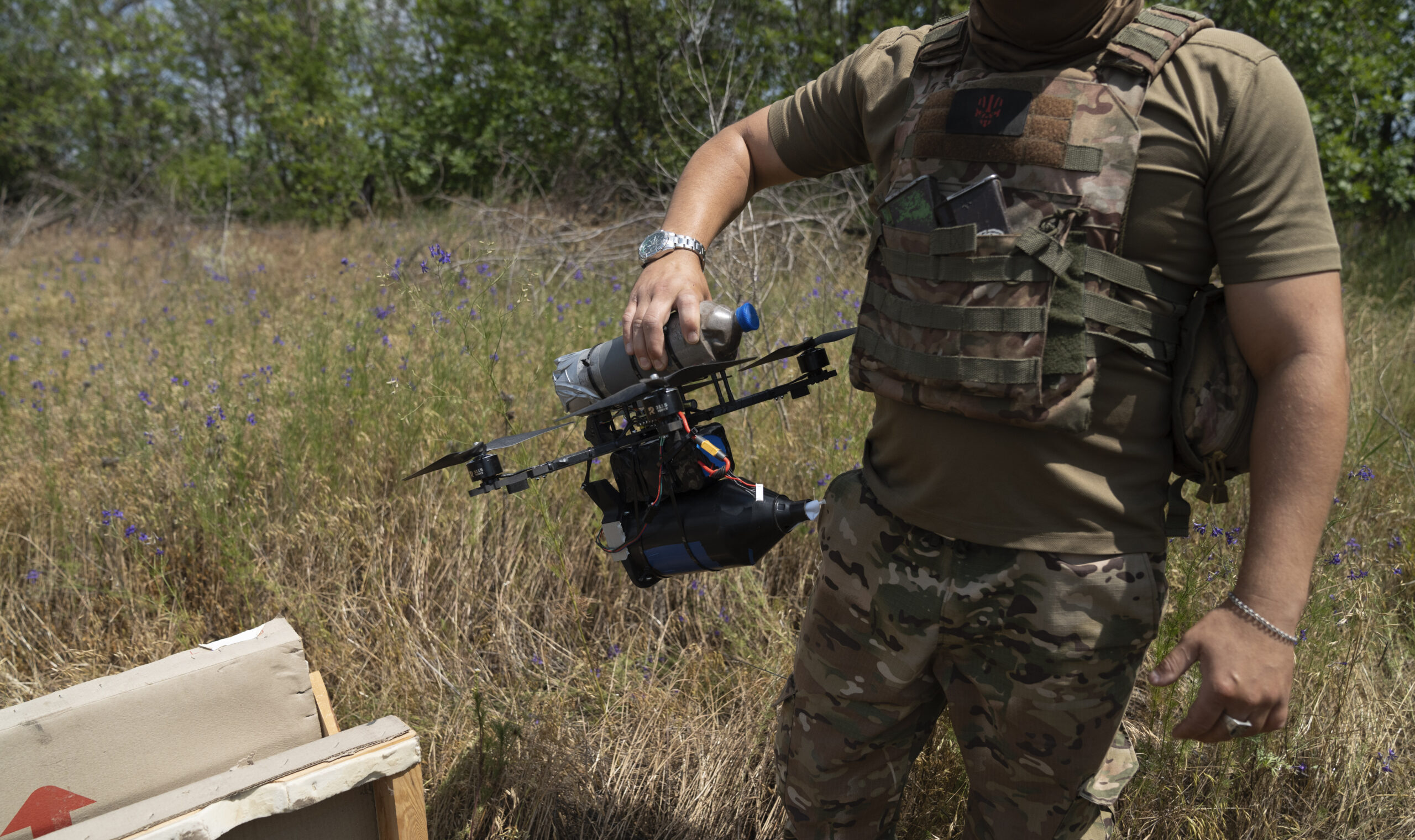“Neither the U.S. military nor any European military can produce mass quantities of [drones with] such low-cost and adaptable capabilities,” two former NSC staffers from the Biden administration wrote in Foreign Affairs, adding that the U.S. military is not learning the right lessons or incorporating new doctrines needed for the future battlefield. A second such article in the span of two weeks, also in Foreign Affairs, sounded a similar alarm. Highlighting the advantage of mass-producing cheap offensive weapons, the article stated, “Precise mass weapons are not just cheaper than their legacy counterparts, affording even under resourced militaries the ability to compete with stronger foes. They can also be produced much faster. Ukraine is now producing millions of drones each year, whereas it will take many years for Russia to rebuild its degraded bomber fleet.”
In short, the spending priorities of the U.S. are all wrong: “The United States could comfortably spend ten times as much on precise mass capabilities—including on one-way attack drones and surveillance platforms—than it does by reprogramming money invested elsewhere in the Pentagon’s vast budget.”
Yours truly has lately been interested in researching the incorporation of drones into U.S. war doctrines, busily studying various American drone start-ups and writing a soon-to-be-published paper on offense–defense balance and drone warfare. I agree with the broad thesis proposed above, as I have also written before.
But system change doesn’t usually happen without a strategic shock, and it is my fear that we are reaching that stage soon. Consider the evolution of technology in recent drone warfare, and a few specifics can be observed. Despite the conventional superiority of Indian counter-air warfare, Pakistani drones got through. The reverse was also true—Indian drones obliterated expensive Pakistani radar systems.
Azeri drone warfare destroyed Armenian Soviet-style column movements, as was the case when the Sudanese army won tactical victories incorporating Turkish drones. Both Israeli and Iranian drones penetrated one another’s defenses, and the only reason Israel suffered fewer hits was because of expensive anti-air weaponry subsidized by the Americans.
Ukrainian sea-baby drones effectively neutralized the Russian Black Sea fleet. Both Ukrainian and Russian drones proved great in offensive maneuvers and were much more effective compared to overwhelmingly expensive defense weapons.
But the U.S. is nowhere near prepared. The American tendency is to splurge on showy, expensive, and gigantic platforms. An Anduril drone cost starts from $20,000, and ranges to $2 million. They are good weapons, ideal for policing the troubled peripheries and maintaining peace in far-distant colonies, but are never going to be the swarm weapons that America will need in a peer war.
The American military industrial complex forgot the most American lesson in warfare from the last great-power war: Expensive German platforms were no match for cheap mass production in Detroit. This time, we are in the place of the Germans in the Second World War, and our adversaries are mass-producing hundreds of thousands of swarm weapons.
Some countries, such as Turkey, Iran and Ukraine, have an entire drone production cottage industry, manufacturing practically everything from propellers, to engines, to control panels. The U.S. has nothing on that scale.
Subscribe Today
Get daily emails in your inbox
The most urgent problem is that the U.S. also lacks a cheap labor market. An average engineer in eastern Europe or Asia can work on a monthly salary of around $700; this is unthinkable in the United States. The country lacks both the expertise to start rapid drone startups, or the manpower interested in working at a scale, speed, and scope of rival competitors.
It is a perfect storm, akin to the Royal Navy realizing in Asia in the middle of the Second World War that its hulking gray prestige fleets—which had maintained naval supremacy for over half a century—are suddenly all obsolete before small Japanese Zeros launched en masse from a primitive aircraft carrier miles outside the range of the battleship guns.
Reversing that would take bipartisan policies that would push universities as well as the private enterprises to train more workforce, or in the short term, find allies or protectorates that are high-manufacturing but low-income countries to provide the manpower needed for mass production, with American capital investment. But that would take time and at least a couple of generations. One can hope, in the meantime, that we don’t end up being chain-ganged to a great power war.
